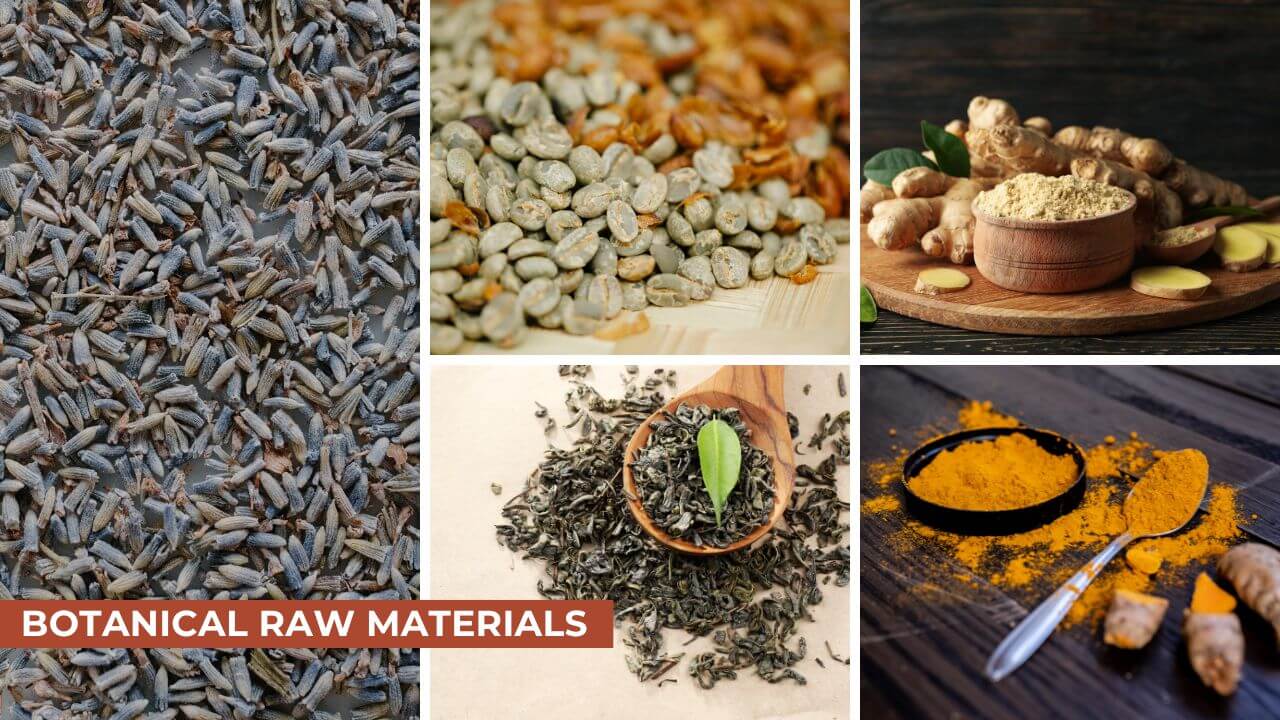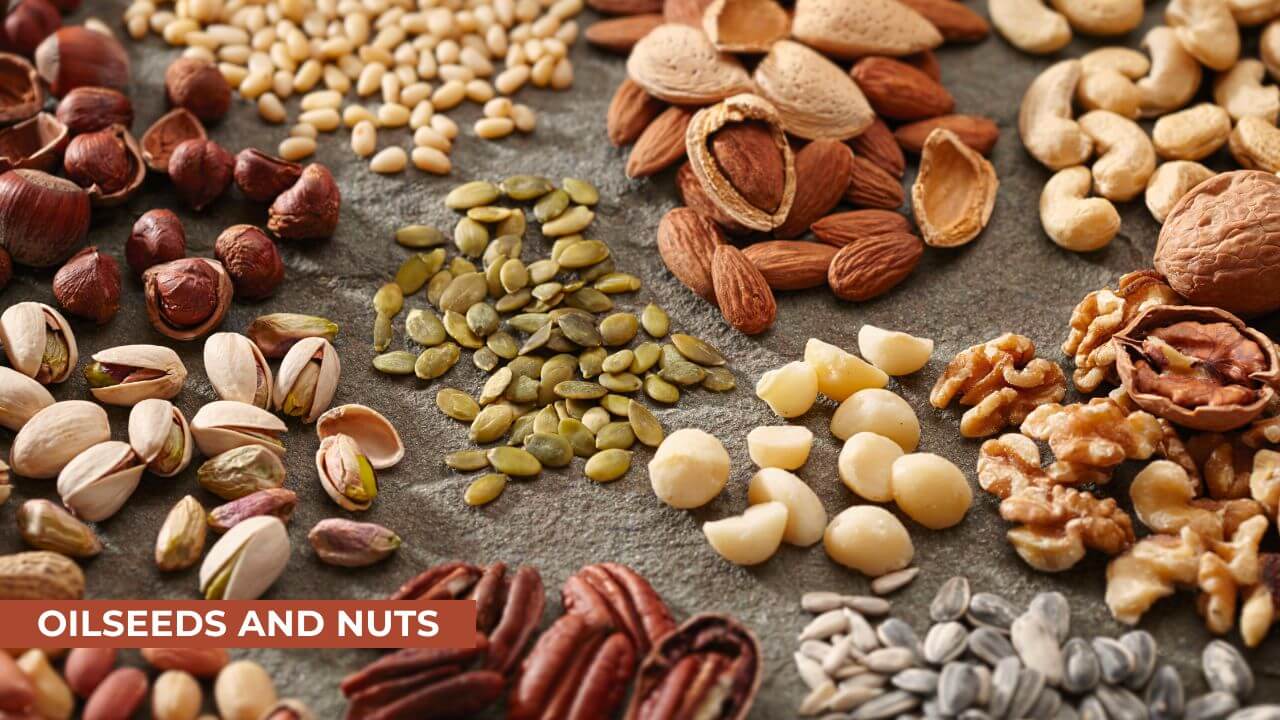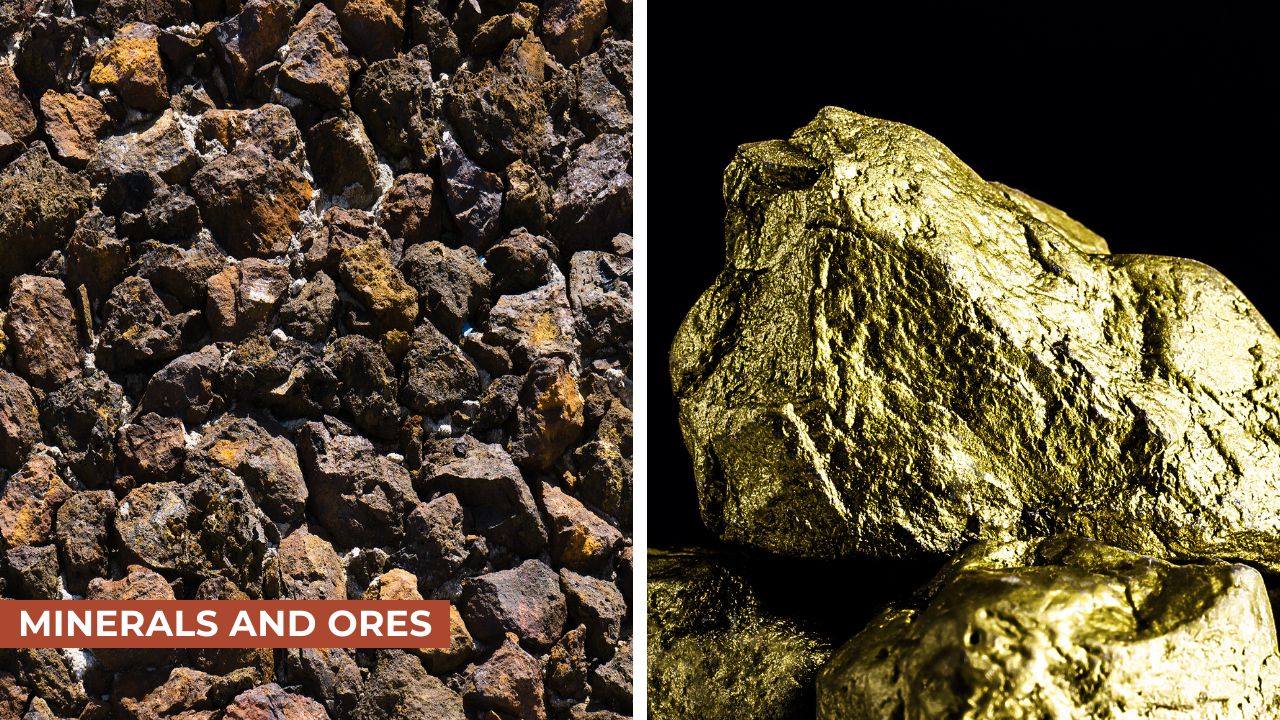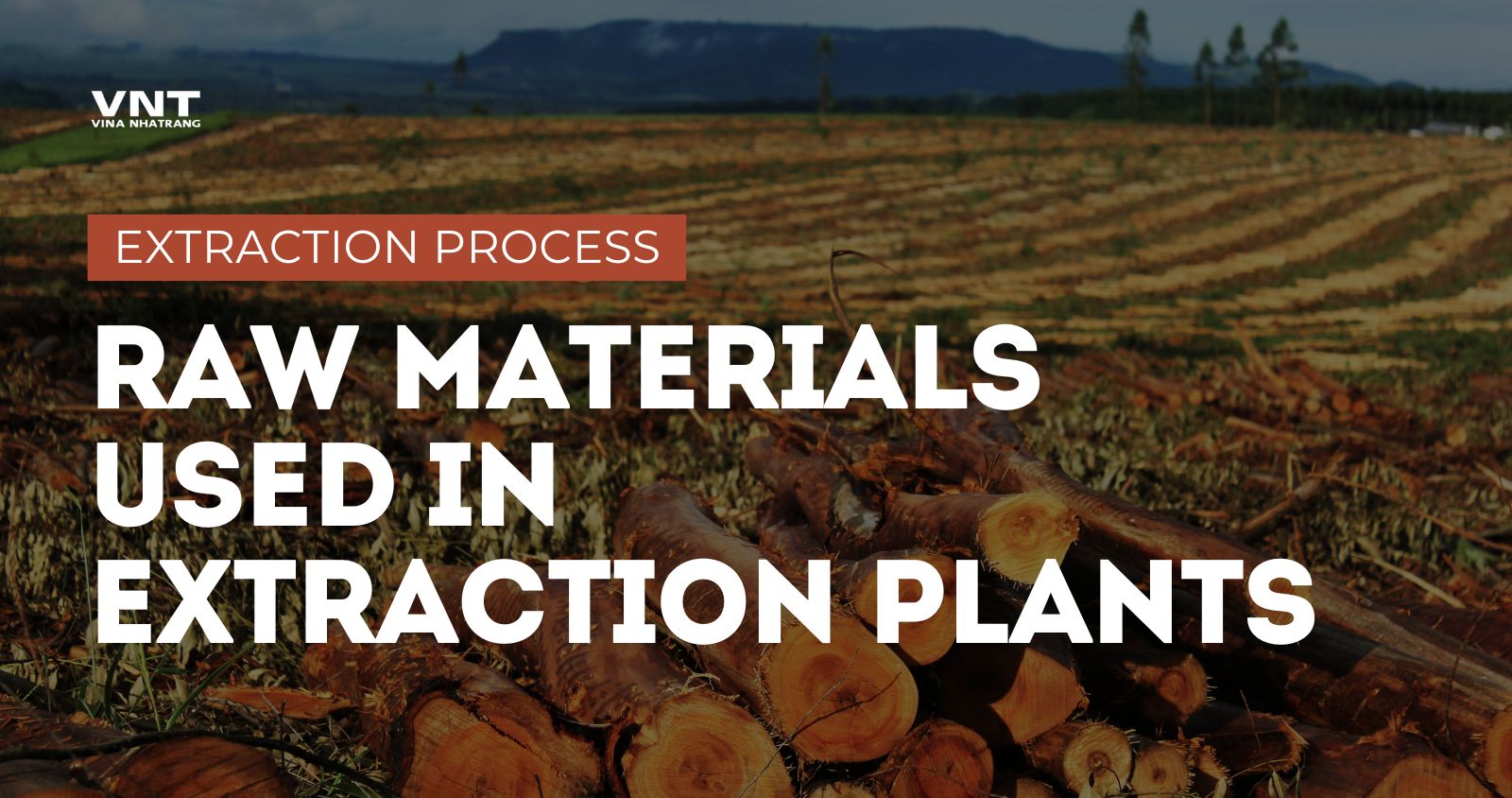Introduction
Extraction plants are integral to industries such as mining, pharmaceuticals, food processing, and oil refining. These plants process raw materials to extract valuable substances like metals, oils, and bioactive compounds. The choice of raw materials significantly impacts the efficiency, quality, and sustainability of extraction processes.
This article explores the various raw materials used in extraction plants, their properties, processing methods, and their importance in different industries.
Raw Materials Used in Extraction Plants
Extraction plants process a wide range of raw materials depending on the industry and the desired final product. These materials can come from plants, minerals, microorganisms, or synthetic sources, and each type requires a specific extraction method to isolate valuable compounds efficiently.
In this section, we’ll explore the different categories of raw materials used in extraction plants, their characteristics, and their applications in various industries.
1. Botanical Raw Materials (Plant-Based Sources)
Plant-based raw materials are among the most widely used in extraction plants, particularly in essential oil, pharmaceutical, food, and cosmetic industries. These materials contain bioactive compounds that can be extracted using solvent extraction, steam distillation, or supercritical CO₂ extraction.
Examples of Plant-Based Raw Materials
| Raw Material | Main Compounds Extracted | Applications |
|---|---|---|
| Lavender | Essential oils (linalool, linalyl acetate) | Aromatherapy, perfumes, cosmetics |
| Peppermint | Menthol, flavonoids | Pharmaceutical, food, oral care products |
| Ginger | Gingerol, shogaol | Medicinal extracts, flavoring, anti-inflammatory drugs |
| Tea Leaves | Polyphenols, caffeine | Beverages, dietary supplements |
| Turmeric | Curcumin | Anti-inflammatory medicine, food coloring |
| Cannabis (Hemp, Marijuana) | CBD, THC | Medicinal and recreational products |
| Coffee Beans | Caffeine | Beverage industry, pharmaceuticals (painkillers) |
Extraction Methods for Botanical Materials
🔹 Steam Distillation – Used for essential oils (e.g., lavender, eucalyptus).
🔹 Solvent Extraction – Used for plant-based alkaloids (e.g., caffeine, curcumin).
🔹 Supercritical CO₂ Extraction – Used for high-purity extracts like CBD and decaffeination of coffee.

2. Oilseeds and Nuts
Oilseeds and nuts are a major source of vegetable oils, which are extracted for food production, cosmetics, and biofuels. These raw materials contain natural fats and oils that can be mechanically pressed or solvent-extracted.
Examples of Oilseeds and Nuts
| Raw Material | Main Oil Extracted | Uses |
|---|---|---|
| Soybeans | Soybean oil | Cooking oil, biodiesel, food industry |
| Sunflower Seeds | Sunflower oil | Cooking oil, skincare products |
| Olives | Olive oil | Cooking, cosmetics, pharmaceuticals |
| Coconuts | Coconut oil | Food, hair care, skincare |
| Almonds | Almond oil | Skin moisturizers, health supplements |
| Palm Fruits | Palm oil | Processed foods, biofuel |
| Flaxseeds | Flaxseed oil | Dietary supplements, skincare |
Extraction Methods for Oilseeds and Nuts
🔹 Mechanical Pressing (Cold Press, Expeller Press) – Used for olive, almond, and coconut oils.
🔹 Solvent Extraction (Hexane Method) – Used for soybean, sunflower, and palm oils.

3. Minerals and Ores
Many extraction plants process minerals and ores to extract metals, salts, and other inorganic compounds for use in industrial applications. These materials require chemical extraction, leaching, or solvent-based processes.
Examples of Minerals and Ores Used in Extraction
| Raw Material | Extracted Element/Compound | Industrial Use |
|---|---|---|
| Bauxite | Aluminum | Aerospace, packaging, construction |
| Hematite & Magnetite | Iron | Steel production |
| Copper Ore | Copper | Electrical wiring, electronics |
| Lithium Ore (Spodumene, Brine Deposits) | Lithium | Batteries, electric vehicles |
| Gold Ore | Gold | Jewelry, electronics |
| Salt (Rock Salt, Brine Water) | Sodium chloride | Food, chemical production |
Extraction Methods for Minerals and Ores
🔹 Leaching & Chemical Extraction – Used for gold, lithium, and copper ores.
🔹 Solvent Extraction & Electrowinning (SX/EW) – Used for purifying metals like copper.
🔹 Mechanical Crushing & Screening – Used for iron ore processing.

4. Marine and Algae-Based Raw Materials
Marine sources such as seaweed, microalgae, and fish oils provide valuable compounds used in pharmaceuticals, cosmetics, and biofuels. These raw materials are rich in bioactive compounds, essential fatty acids, and proteins.
Examples of Marine and Algae-Based Raw Materials
| Raw Material | Main Extracted Compound | Applications |
|---|---|---|
| Spirulina & Chlorella | Proteins, antioxidants | Nutritional supplements |
| Kelp & Seaweed | Alginate, iodine | Food industry, pharmaceuticals |
| Fish Liver (Cod, Shark, etc.) | Omega-3 fatty acids | Dietary supplements, skincare |
| Microalgae (Nannochloropsis, Chlorella, etc.) | Bio-oils, carotenoids | Biofuels, antioxidants |
Extraction Methods for Marine and Algae-Based Materials
🔹 Solvent Extraction (Hexane, Ethanol, Methanol) – Used for omega-3 oil extraction.
🔹 Supercritical CO₂ Extraction – Used for high-purity antioxidants from algae.
🔹 Cold Pressing & Filtration – Used for fish oil extraction.

5. Microbial and Fungal Raw Materials
Microorganisms such as bacteria, fungi, and yeast are cultivated for the production of pharmaceuticals, enzymes, and biofuels. These biological materials require fermentation-based extraction methods.
Examples of Microbial and Fungal Raw Materials
| Raw Material | Main Extracted Compound | Applications |
|---|---|---|
| Penicillium mold | Penicillin | Antibiotics |
| Saccharomyces yeast | Ethanol | Biofuel, brewing industry |
| Aspergillus fungi | Enzymes (amylase, protease) | Food processing, medicine |
| Lactobacillus bacteria | Probiotics | Gut health supplements |
Extraction Methods for Microbial Raw Materials
🔹 Fermentation & Bioreactors – Used for antibiotics and enzymes.
🔹 Supercritical Fluid Extraction – Used for microbial bioactive compounds.

6. Synthetic and Chemical-Based Raw Materials
Some extraction plants process synthetic or chemical feedstocks to obtain pharmaceutical ingredients, industrial chemicals, or polymers. These materials often undergo chemical synthesis, separation, and purification.
Examples of Synthetic Raw Materials Used in Extraction
| Raw Material | Main Extracted Compound | Industrial Use |
|---|---|---|
| Petroleum Derivatives | Benzene, toluene | Plastics, fuel production |
| Pharmaceutical Precursors | Active pharmaceutical ingredients (APIs) | Medicine manufacturing |
| Synthetic Polymers | Plastic resins | Packaging, textiles |
Extraction Methods for Synthetic Raw Materials
🔹 Distillation & Crystallization – Used for pharmaceutical purification.
🔹 Chemical Solvent Extraction – Used for petroleum-based chemical separation.
Explore more: Quality Control of Raw Materials in Extraction
Conclusion
Raw materials form the foundation of extraction plants, influencing efficiency, sustainability, and product quality. The selection of appropriate materials—whether minerals, plant-based compounds, or chemical solvents—affects both industrial success and environmental impact. As technology advances, eco-friendly raw materials and innovative extraction techniques will shape the future of extraction industries.




